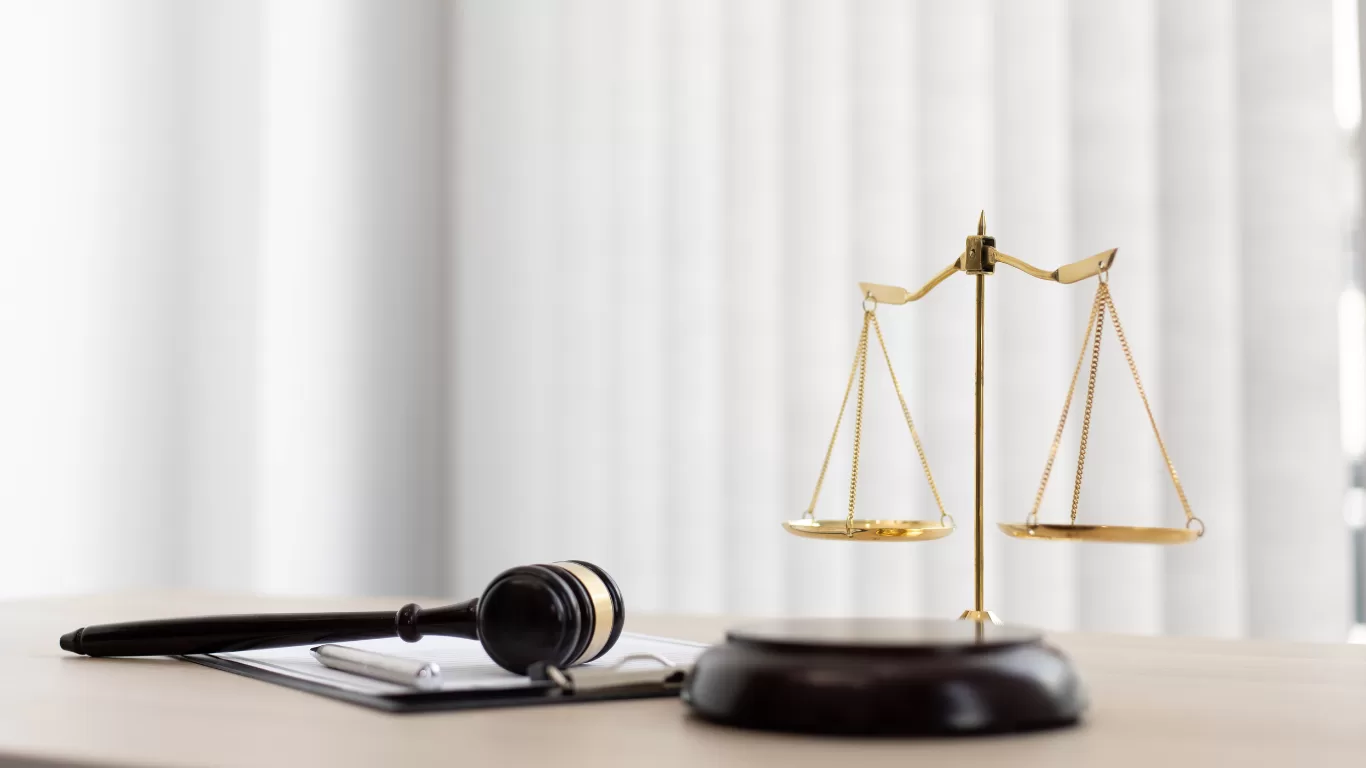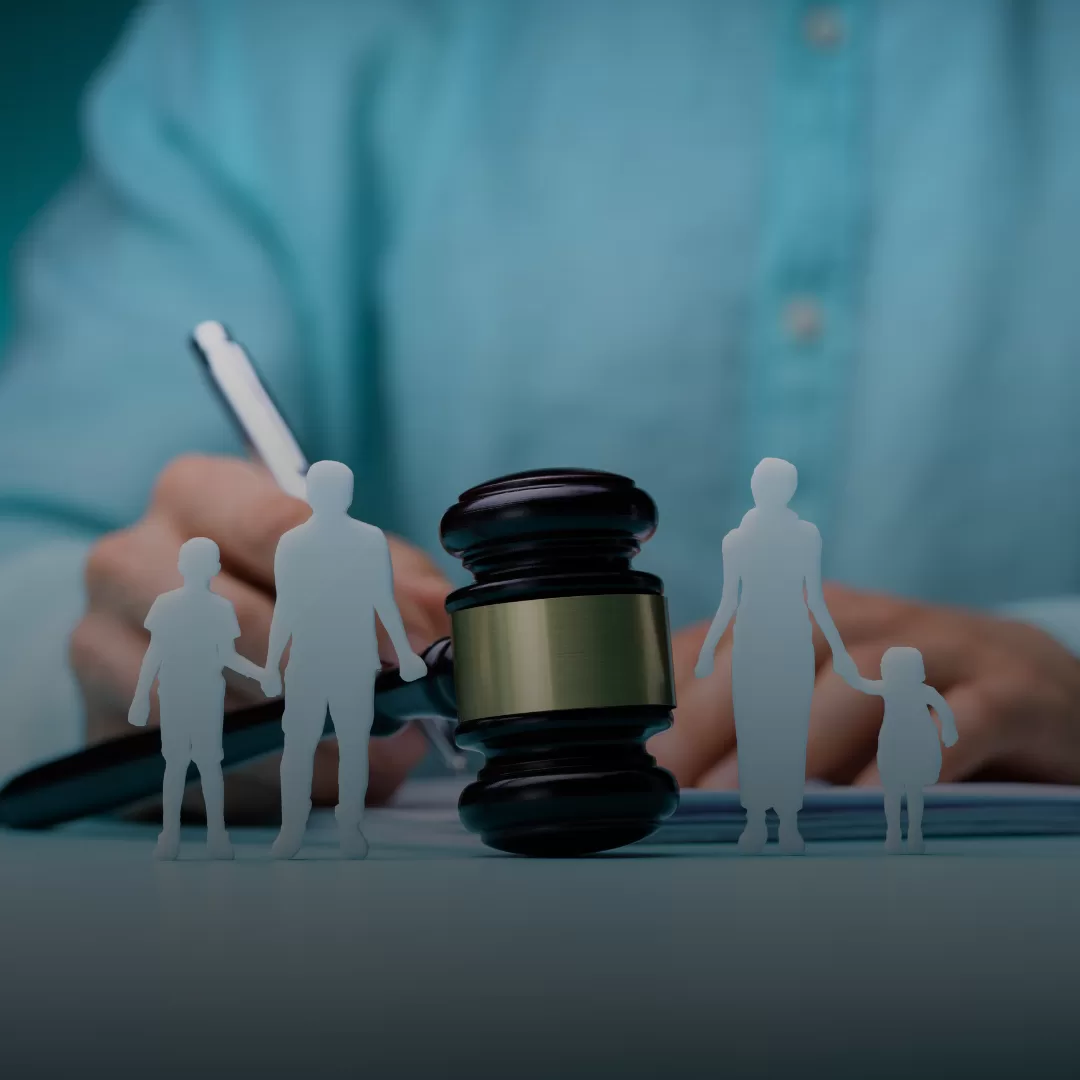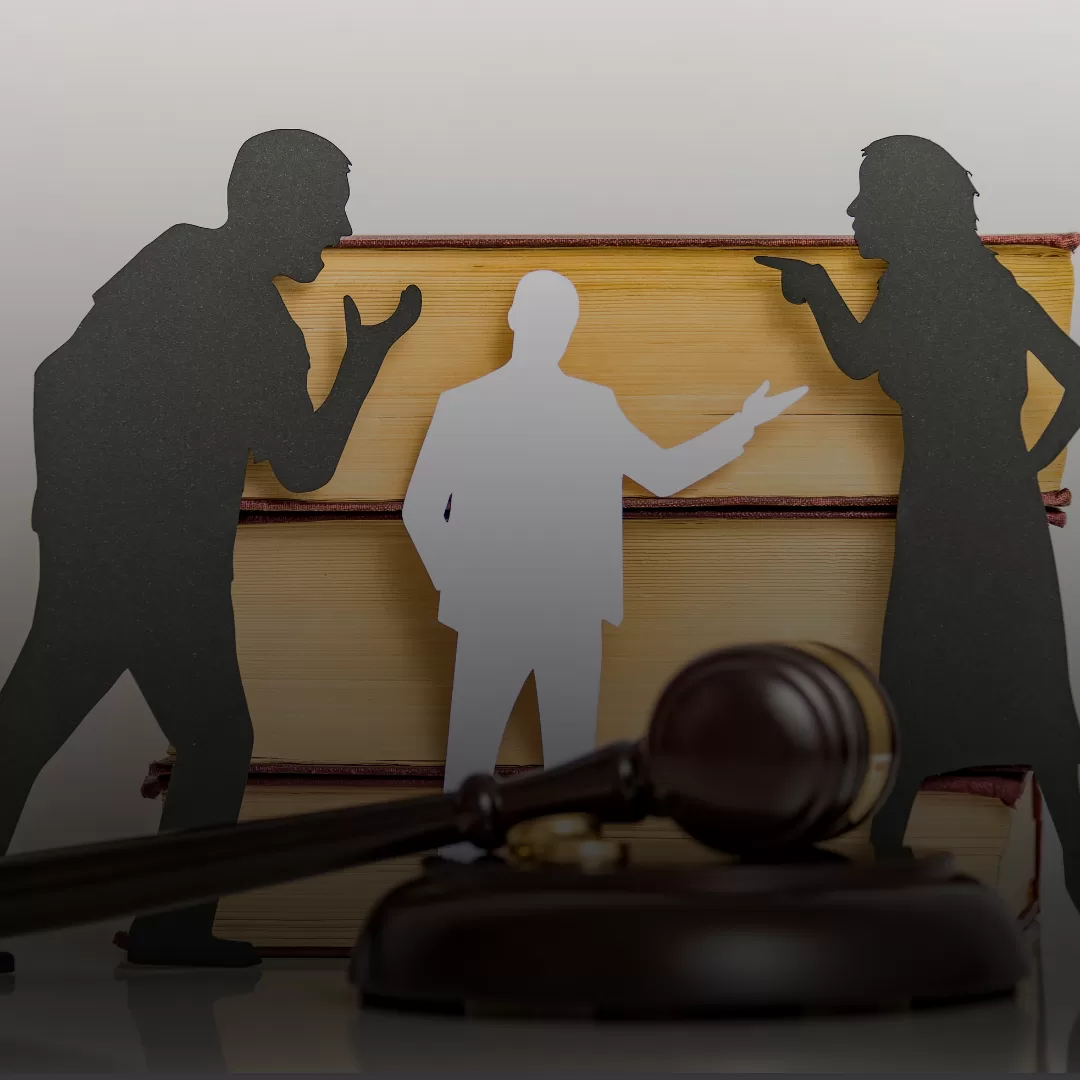Navigating Maryland’s Protective Orders
Many people need a protective order. We cannot avoid it and never know when we need it. A court may issue a protection order, sometimes a restraining order. To help safeguard a victim of domestic abuse, a recent sexual assault, or an attempted sexual assault that was committed.
A domestic violence protective order can protect anyone, including vulnerable adults from physical abuse, regardless of their relationship with the abuser, and children who have been sexually abused or physically or emotionally harmed by a parent, family or household member, caretaker, or others.
Different jurisdictions have different rules governing restraining and personal protection orders. However, they all specify who can file for one, what protection or relief one can receive from it, and how it will be implemented.
The court may impose restrictions on the opposing party’s conduct or mandate specific rules that must be followed. If the offender fails to adhere to the order, they may be arrested and prosecuted. In some jurisdictions, violations can also be treated as civil or criminal contempt of court.
Protective and peace orders are the two categories of restraining orders available in Maryland.
Protective Order Counts Abuse in the Following:
- A physical act that results in substantial bodily harm (such as biting, stabbing, shooting, thrusting, choking, strangling, or suffocating)
- Abusive behavior that makes someone fear they will suffer significant bodily injury soon (including threats of harm);
- Assault;
- Sexual violence or rape (including attempts like violence against women)
- False imprisonment;
- Damage to a young child, physically and mentally
- Stalking
- Revenge porn
Divorce With A Plan assists you in determining if an abuse detailed above has occurred and whether it rises to the level that the court, in general, will hold a respondent responsible for. Once that decision is made, we focus on analyzing whether the offense should be addressed criminally and what other remedies might be appropriate based on the situation.
Eligible for a Protective Order
You must fit into one of the following categories to be qualified for a protective order:
- A spouse of the abuser, either present or past
- cohabitant of an abuser;
- A person who is a family member, marital, or adoptive relative;
- A parent, stepparent, child, or stepchild of the respondent or person who qualifies for relief who dwells (or resided) with the respondent or person during the 90 days before the petition of filing;
- A vulnerable adult;
- An individual who shares a child with the respondent;
- A person who had sex with the abuser within the year before seeking relief; or
- A person who asserts that the respondent committed rape, a sexual offense, or tried to commit rape or a sexual offense within six months of the petition’s filing.
Divorce With A Plan is focused on helping you decide whether it is worth moving forward with a protective order petition, even if the petitioner is found to be in need based on the facts.
Getting Protection Under The Law
To obtain a domestic violence protective order against your abuser, you must undergo a two- or three-step process. You must focus on whether or not you can convince a judge that you continue to be in fear of danger based on an event that occurred and you did not instigate
Divorce With A Plan helps people create strategies for how a protective order can safeguard their family as they move on from a contentious relationship. We are dedicated to building futures for families that extend beyond the protective order hearing.
What Must Be Done?
- Take pictures of any apparent bruises.
- For any police reports, obtain copies.
- Find out whether anyone witnessed the abuse and get that person to speak on your behalf.
- Speak to the police about laying criminal charges if you haven’t already.
- Get copies of your most recent pay stubs, any income (pay stubs), or bank information you may have regarding the abuser if you seek financial relief (also known as Emergency Family Maintenance).
The Three Types of Protective Orders
Interim protective orders
The closest district court commissioner can help you petition for a temporary order if you need to file a protection order. Still, the court clerk’s office is closed in both the circuit and district courts. Once a law enforcement officer has served the respondent, an interim order becomes effective.
A temporary hearing is often scheduled for a court to meet within a few days unless the judge decides to postpone it. Until then, the interim order is in effect. The interim protective order will remain in place until the court is open the following day. If the court is closed on the day the interim protective order is set to expire, the judge must schedule a hearing for the temporary protective order.
Temporary protective orders
When you file for a final protective order during regular business hours, you can also ask for a temporary order. This temporary order may be granted the same day and can be issued ‘ex parte,’ without the abuser being present.
Law enforcement must serve the abuser ‘immediately’ after issuing the order if the abuser is not in court. If the abuser is present in court and has already been served with the interim order, they will receive the temporary order there. If the abuser does not appear in court, law enforcement will serve the order by mail.
Once the interim order has been in place for seven days, the court will hold a full hearing for a final protection order. If the court is closed when the temporary order expires, it will stay in effect until it reopens. By that time, the judge must convene a final protective order hearing. The judge may extend the temporary injunction as needed, but not for more than six months.
Final protective orders
A final protection order is given after both sides share their evidence in court. If the judge finds abuse or the abuser agrees, the order can be issued.
A final protective order typically lasts up to one year unless otherwise stated. However, if one of the following conditions are met:
- If the abuser hurt you again within a year after your old order ended and you had a ruling against them that lasted at least six months, or;
- If the abuser agrees within a year of your old protection order ending, the judge will grant a new 2-year order.






